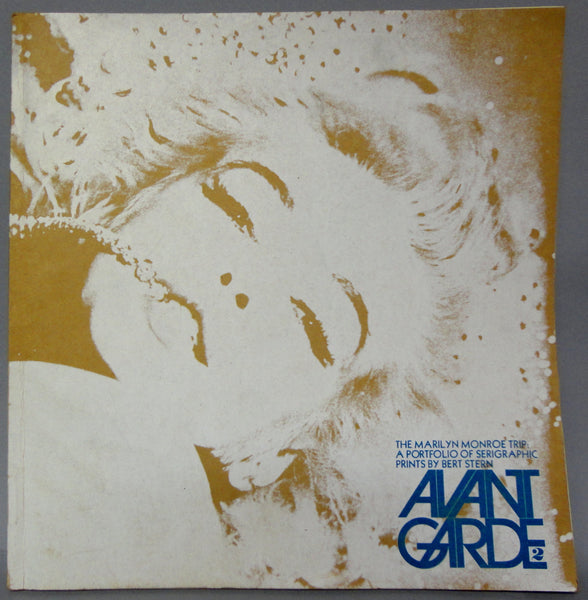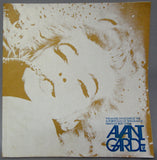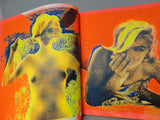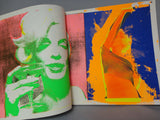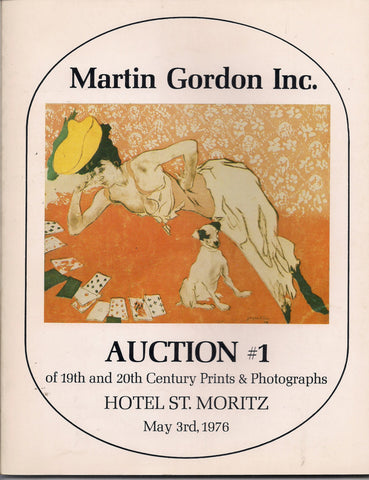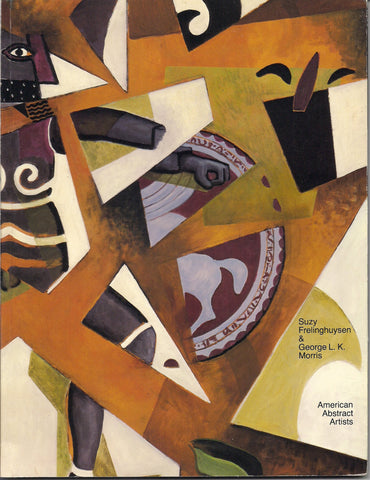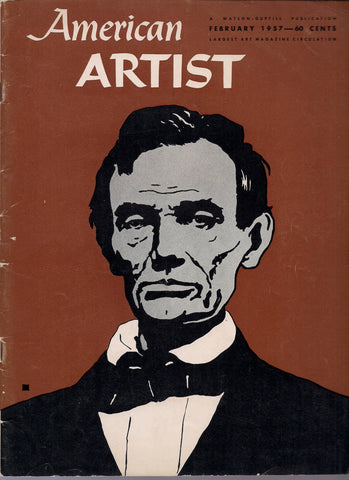AVANT GARDE #2 Marilyn Monroe Trip 1968 Bert Stern SERIOGRAPH silkscreen Prints Picasso Roald Dahl East Village Other
$ 85.00
is on back order
Share this product
Avant-Garde 2, The Marilyn Monroe Trip
By Ralph Ginzburg
Publisher: Avant Garde Media, New York 1968
See Printers Proof Framed Cover print here-
https://www.etsy.com/listing/224075159/avant-garde-2-marilyn-monroe-trip-pop
Nice, used, FINE Like New. Some of the small usual softeness & wear to corners, edges from being read, handled and stored. Otherwise the pages are excellent--with no writing or highlighting at all.
Kindly refer to image scanned, it is faithful and representative.
"The Marilyn Monroe Trip", a portfolio of seriagraphs by Ben Stern. Bert Stern's seriographic prints of Marilyn Monroe are printed on a finer stock than the rest of the magazine, and so remain VIVID & bright because they are actual seriagraphs (silk screeded prints) and not offset or letterpress like the rest of the magazine. INCREDIBLE!!!!
Contents: Walter Bowart- Mild Mannered Editor (of EVO, the East Village Other Underground Newspaper)
The Passipn of Norman F. Dacey by Norman F. Dacey
Prof. Einstein to Dr. Freud: Can We Elimanate WAR?
Orphan of the Flood by Mitchell Wojtycki
Erotic Tomb Sculptures of Madagascar
Peace Movement by Gary Youree
Picasso: Eternally Young Man by Brian Fitzherbert
The Visitor by Roald Dahl
From January, 1968, through July, 1971, Ginzburg published Avant Garde. While it could not be termed obscene, it was filled with creative imagery often caustically critical of American society and government, sexual themes, and (for the time) crude language. One cover featured a naked pregnant woman; another had a parody of Willard's famous patriotic painting, "The Spirit of '76", with a woman and a black man.
Avant Garde had a modest circulation but was extremely popular in certain circles, including New York’s advertising and editorial art directors. Herbert F. Lubalin (1918–1981), a post-modern design guru, was Ginzburg's collaborator on his four best-known magazines, including Avant Garde, which gave birth to a well-known typeface of the same name. It was originally intended primarily for use in logos: the first version consisted solely of 26 capital letters. It was inspired by Ginzburg and his wife, designed by Lubalin, and realized by Lubalin's assistants and Tom Carnese, one of Lubalin's partners. It is characterized by geometrically perfect round strokes; short, straight lines; and an extremely large number of kerned ligatures. The International Typeface Corporation (ITC) (of which Lubalin was a founder) released a full version in 1970.[wiki]
